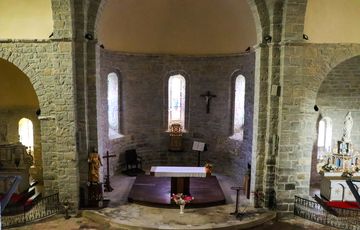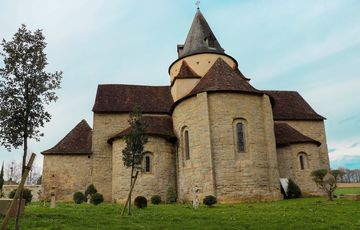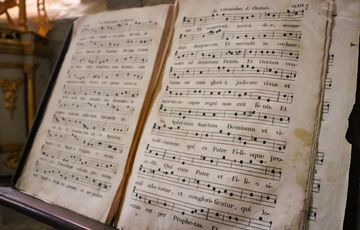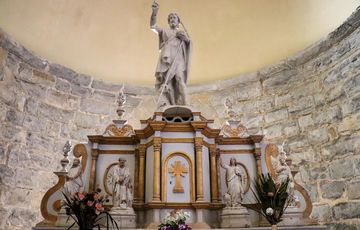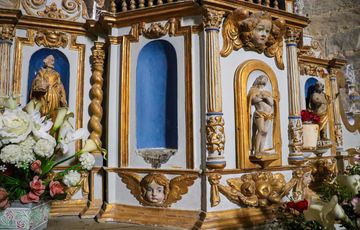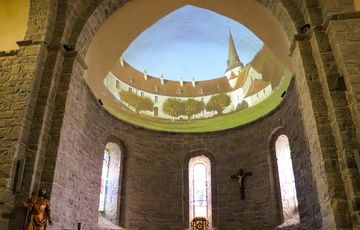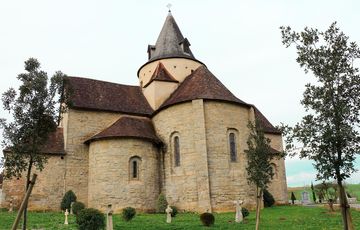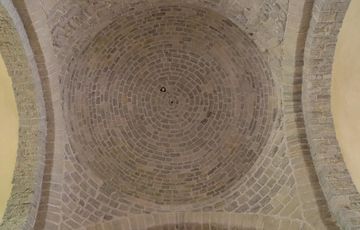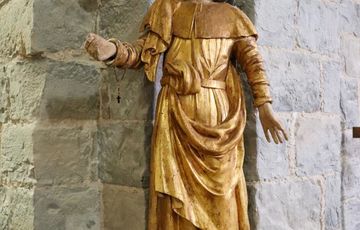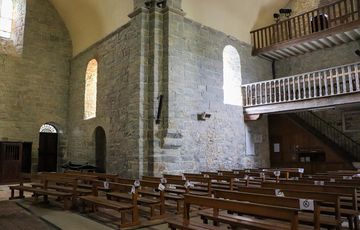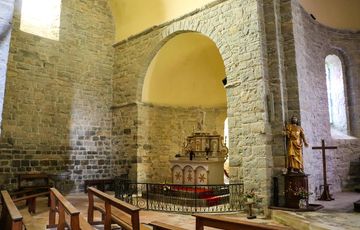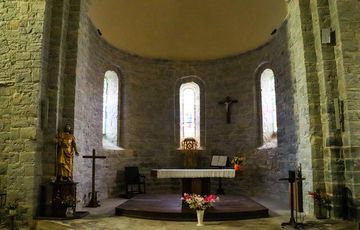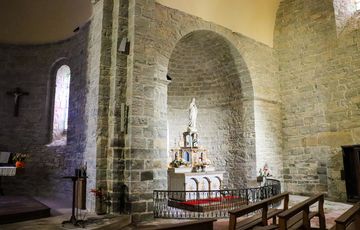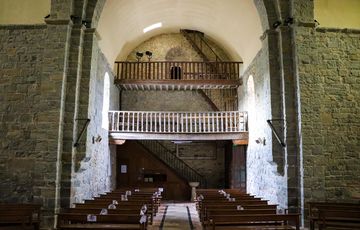- the cupola
- the Baroque-style altar
- the green marble font
Sauvelade lies at the centre of the Larbaigt region, which means the Laà valley. Situated on the route to Santiago de Compostela on the via Podensis (the route from Le Puy en Velay), Sauvelade is a stopover between Arthez-de-Béarn and Navarrenx.
Sauvelade Abbey was built in the 12th century. It was Gaston IV Le Croisé, Viscount of Béarn, who gave a Benedictine monk, Dom Hélie, the forest of Faget to build a monastery dedicated to the Virgin Mary. In 1286, Sauvelade Abbey was officially affiliated to the Cîteaux Order.
The decline of the abbey began in the 14th century, with the desertion of the land and a slackening of morals among the clergy.
On 10 August 1569, a Protestant army from Béarn commanded by Montgomery, lieutenant to Jeanne d'Albret, pursued Catherine de Médicis' Catholic army and burnt down the abbey.
After the Revolution, all ecclesiastical property and fiefs were confiscated for the benefit of the nation. Sauvelade Abbey and its outbuildings were bought by a wealthy citizen of the French Republic.
By the 18th century, only 2 monks remained.
The church was first mentioned in 1287. It was listed as a historic monument in 1973. Its distinctive feature is its Greek cross plan, topped by a dome, which is quite unusual in Béarn. The church has the simplicity that characterises all Cistercian buildings.
The Baroque-style altar is also of interest if you take the time to observe the various sculptures.
Also of interest is the stoup in the north transept, supported by the shaft of a green marble column from Campan (a small village in the Hautes Pyrénées). It is probably a remnant of an Aquitano Roman villa, with a Corinthian capital with an acanthus leaf at its base.
Guided tours for groups, contact us on 05 59 12 30 40
contactcoeurdebearn.com




![Sauvelade [Translate to English:] L'abbaye de sauvelade et son église sur le chemin de Compostelle](https://www.coeurdebearn.com/fileadmin/_processed_/a/a/csm_Sauvelade__1__07c4cee78a.jpg)
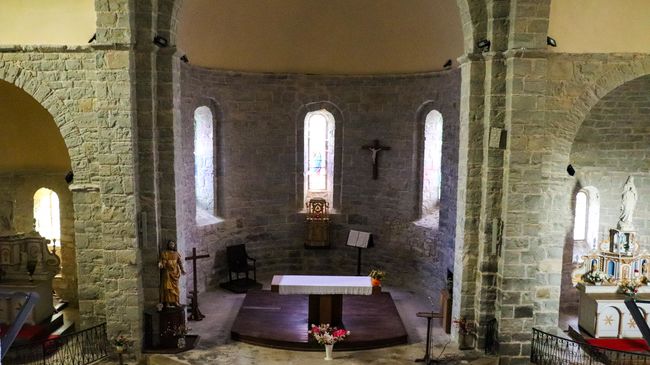
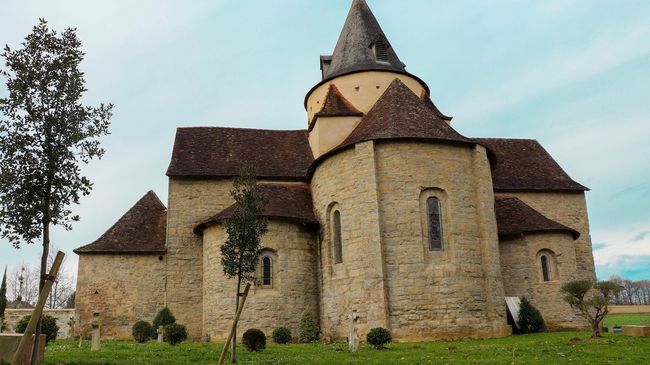
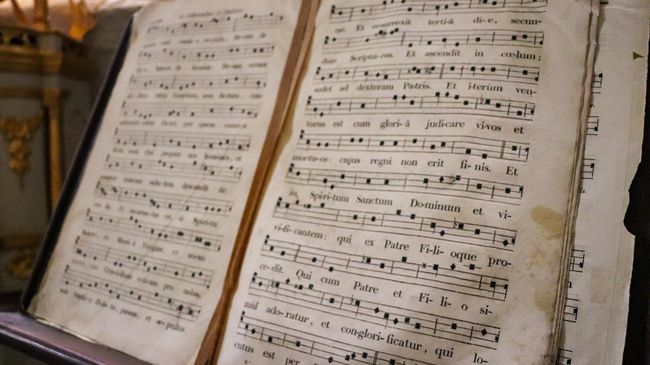
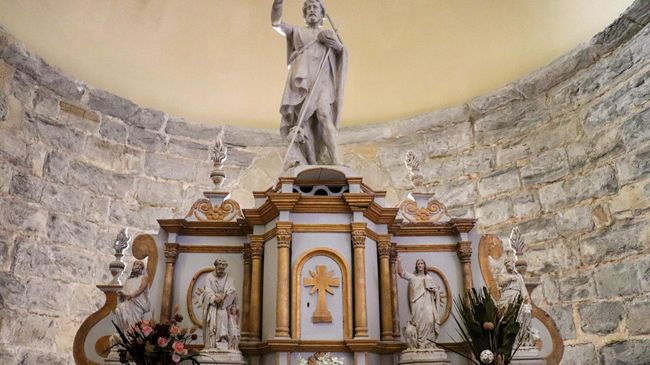
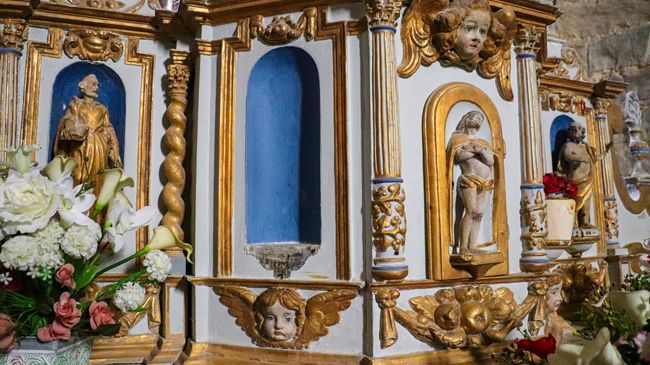
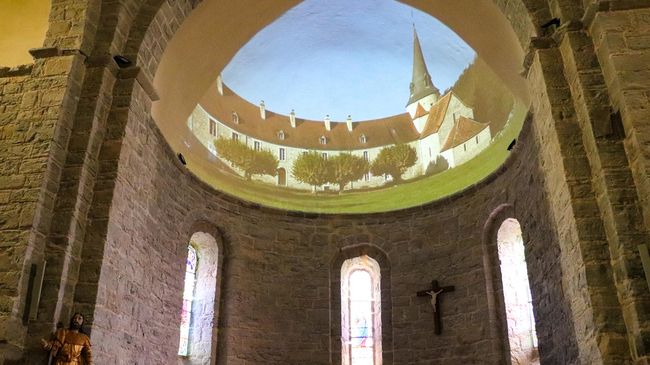
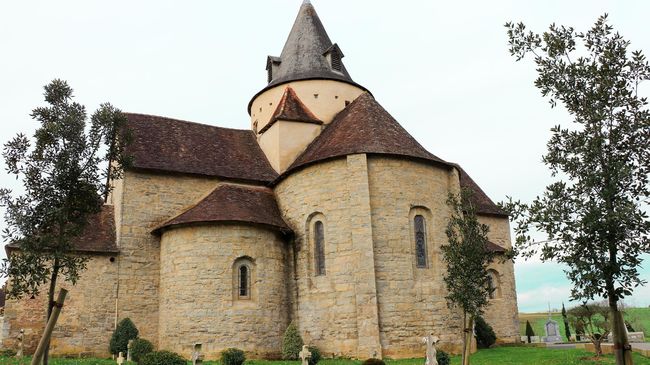
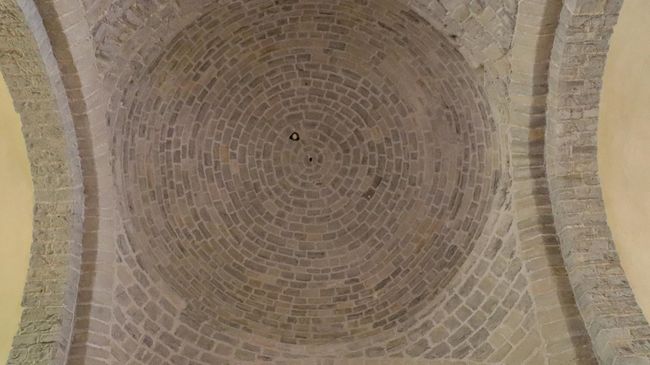
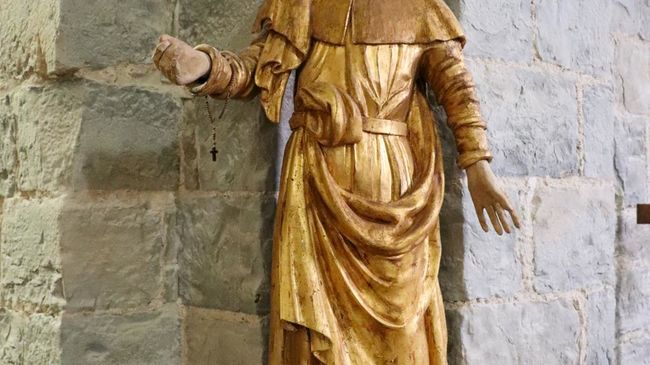
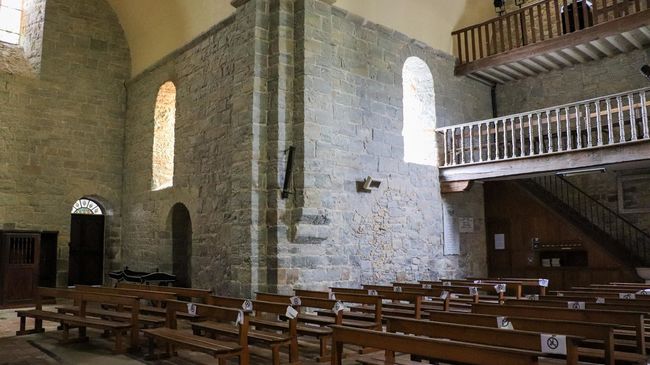
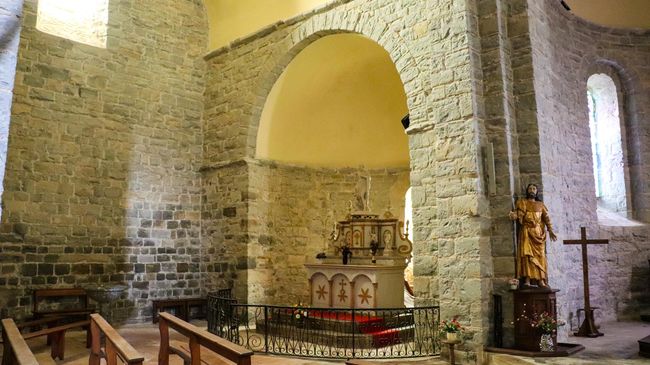
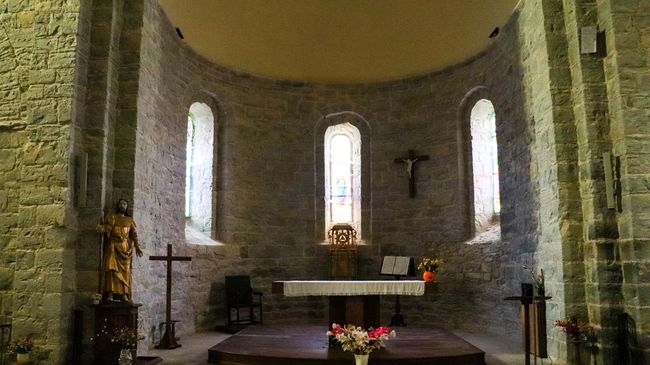
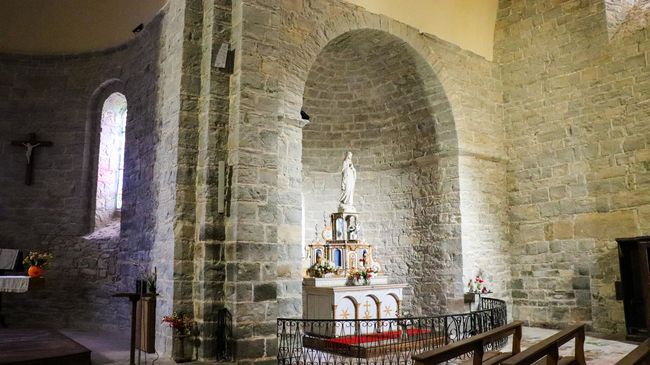
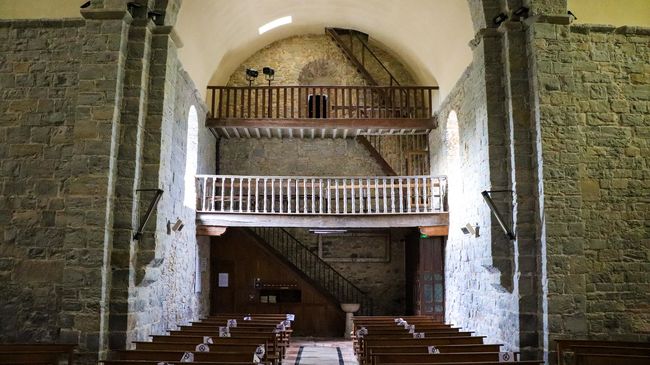
![Sauvelade [Translate to English:] L'abbaye de sauvelade et son église sur le chemin de Compostelle](https://www.coeurdebearn.com/fileadmin/_processed_/a/a/csm_Sauvelade__1__6008b5094f.jpg)
